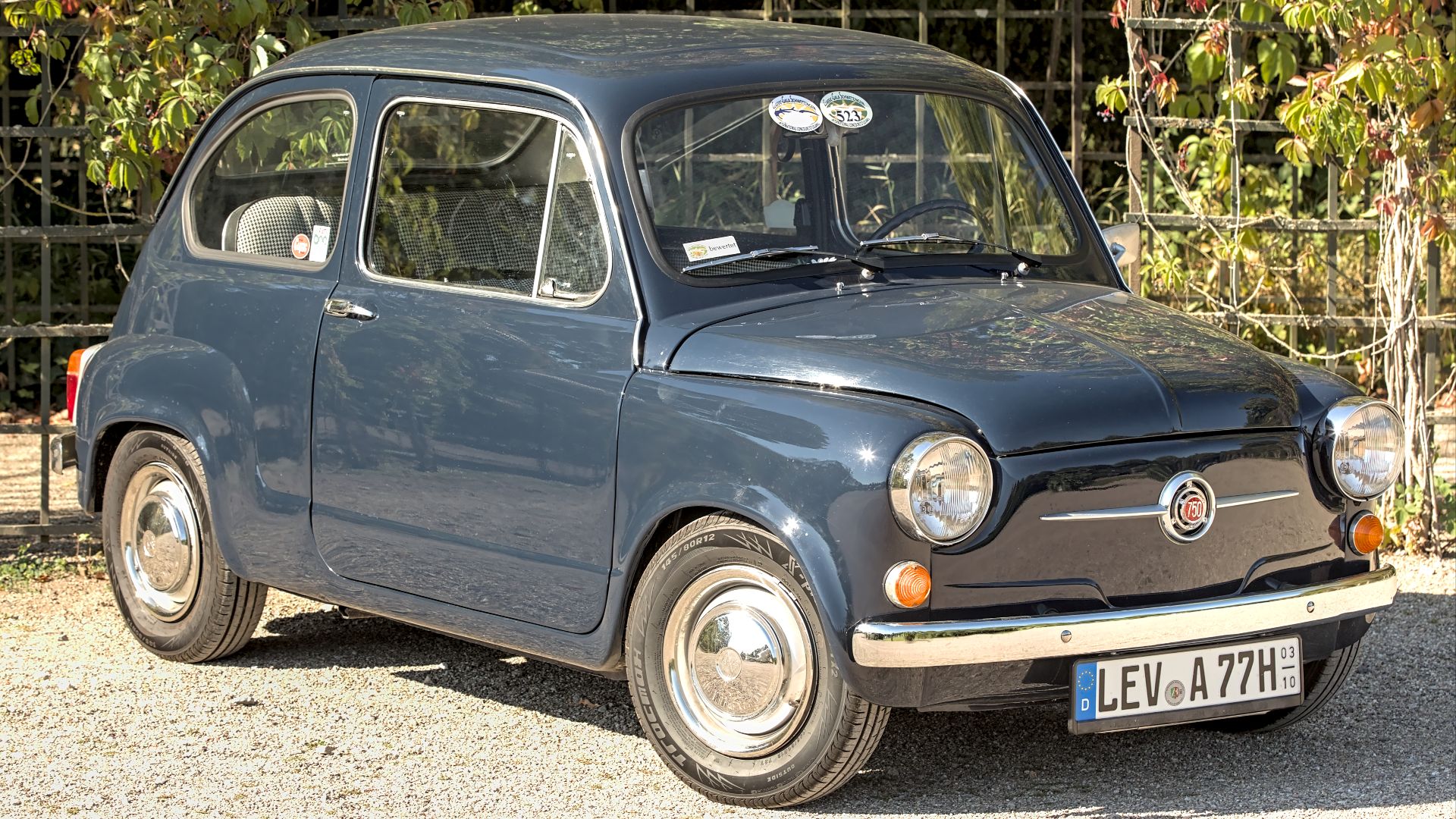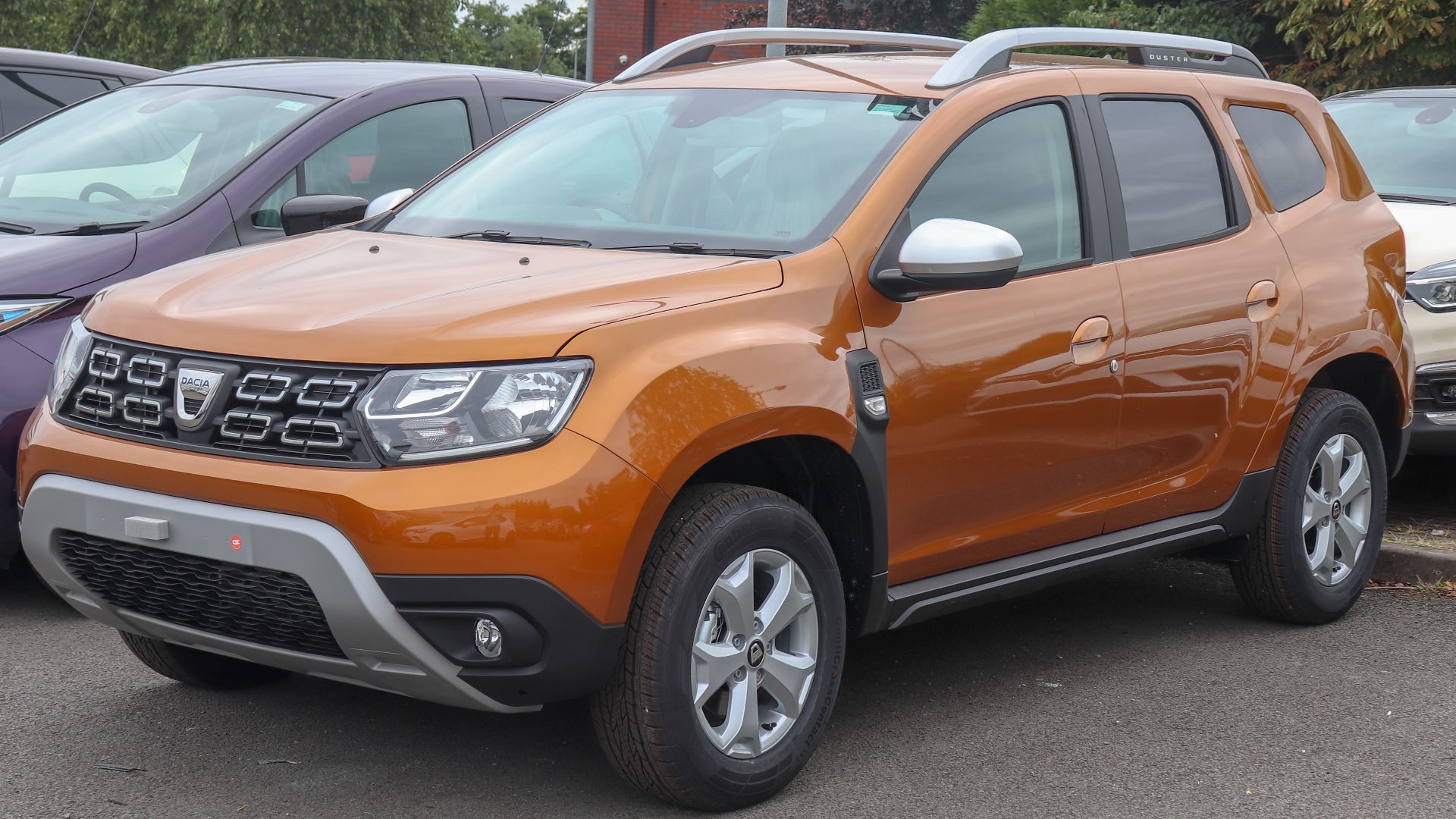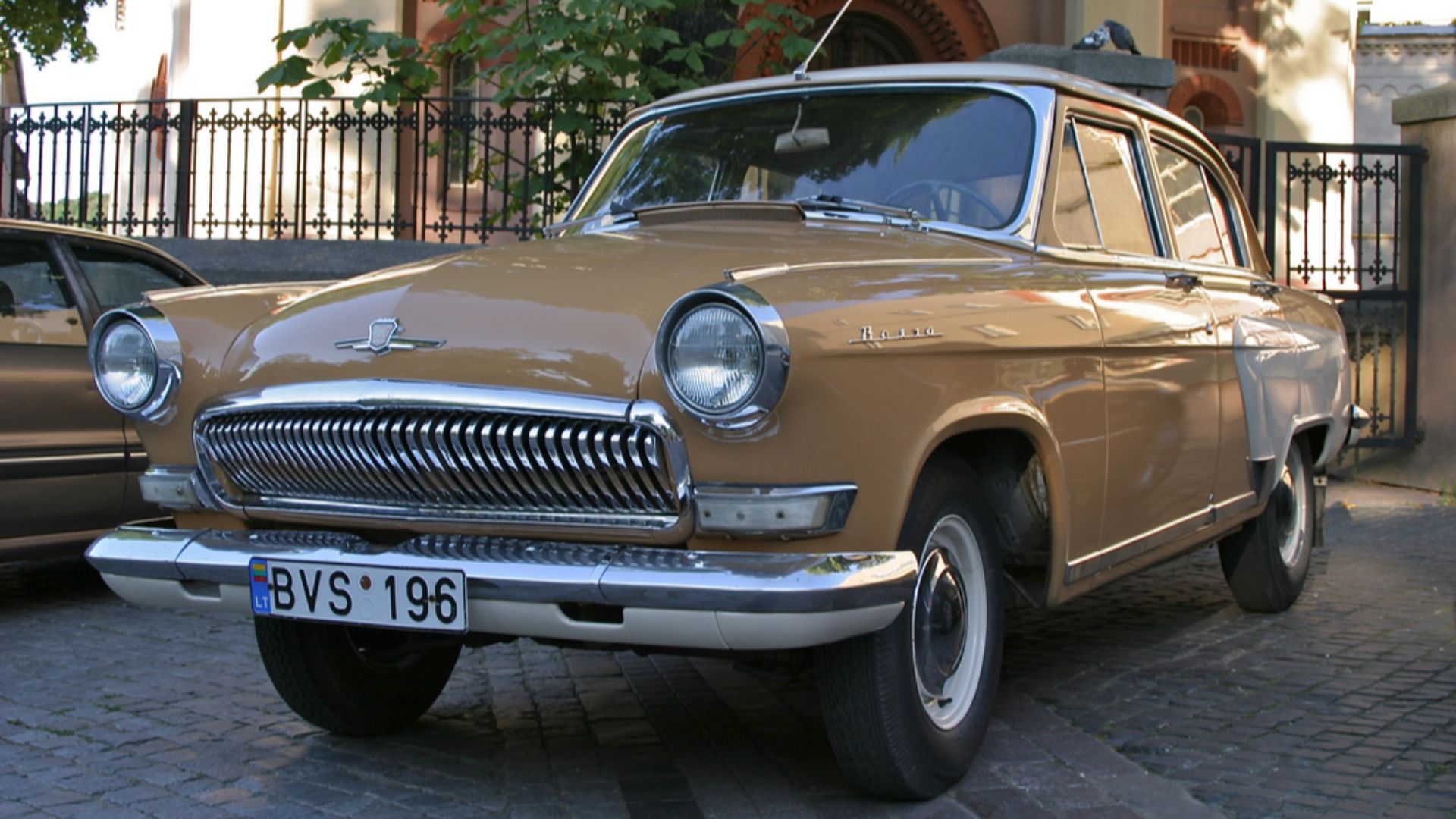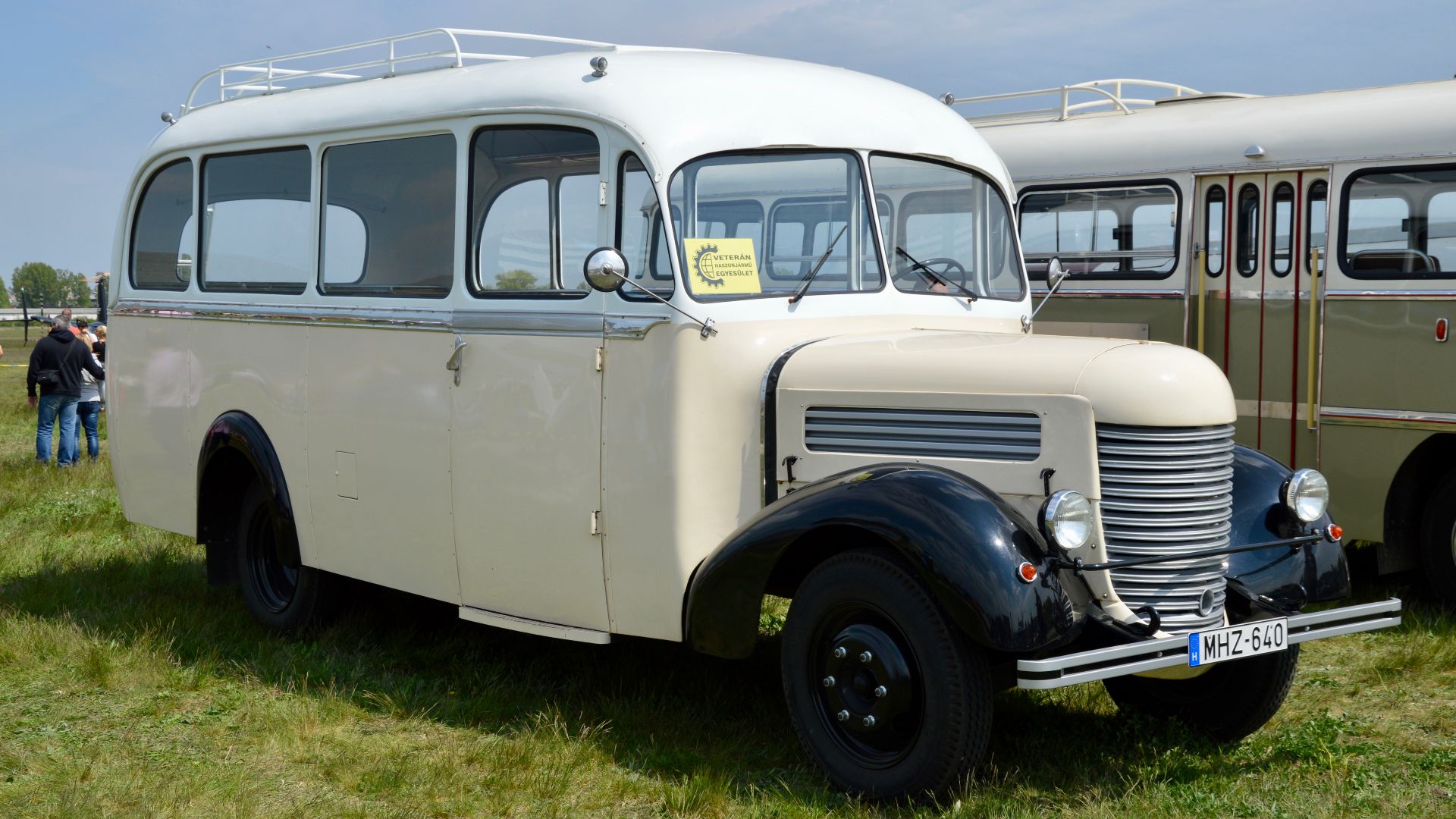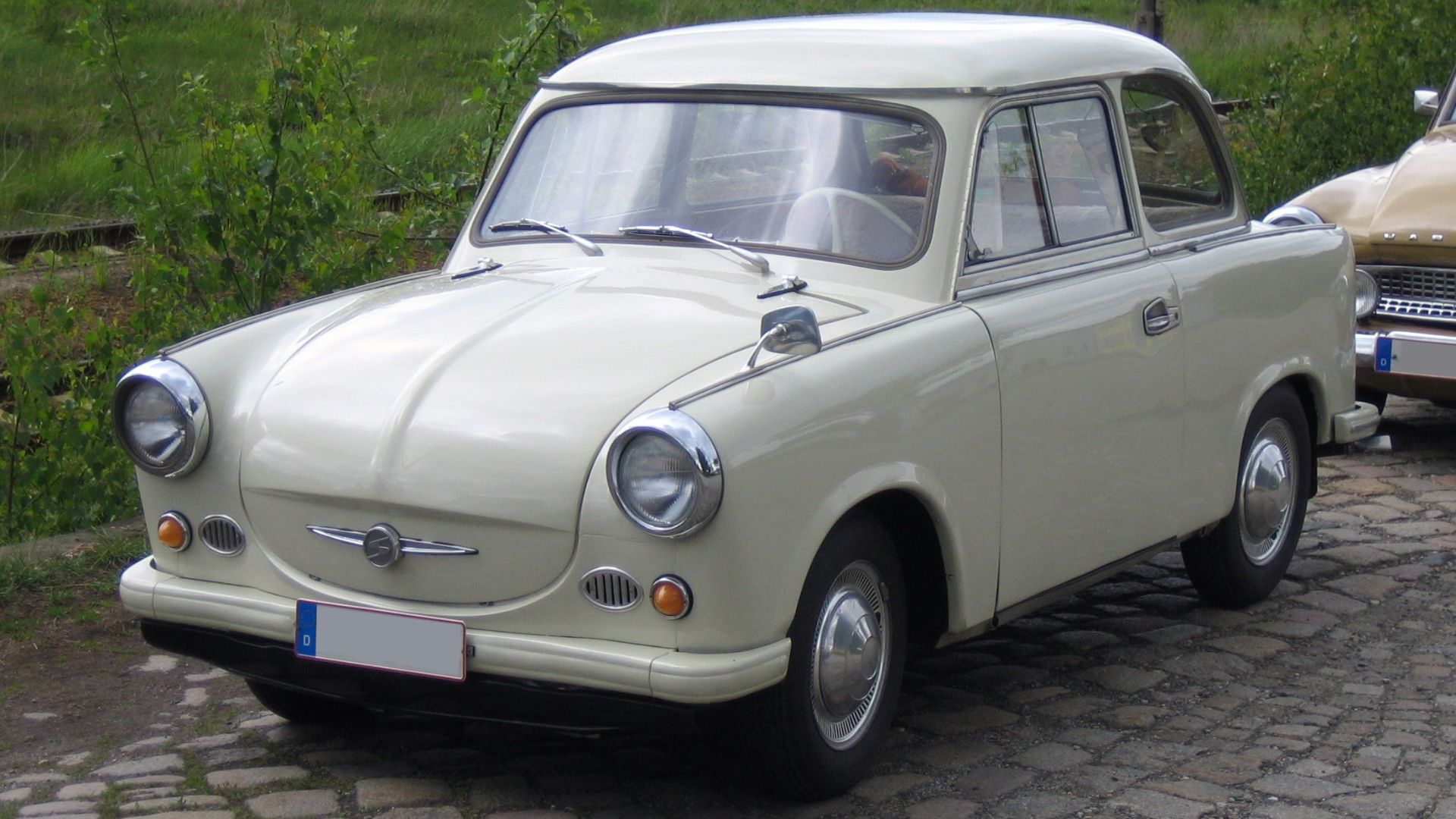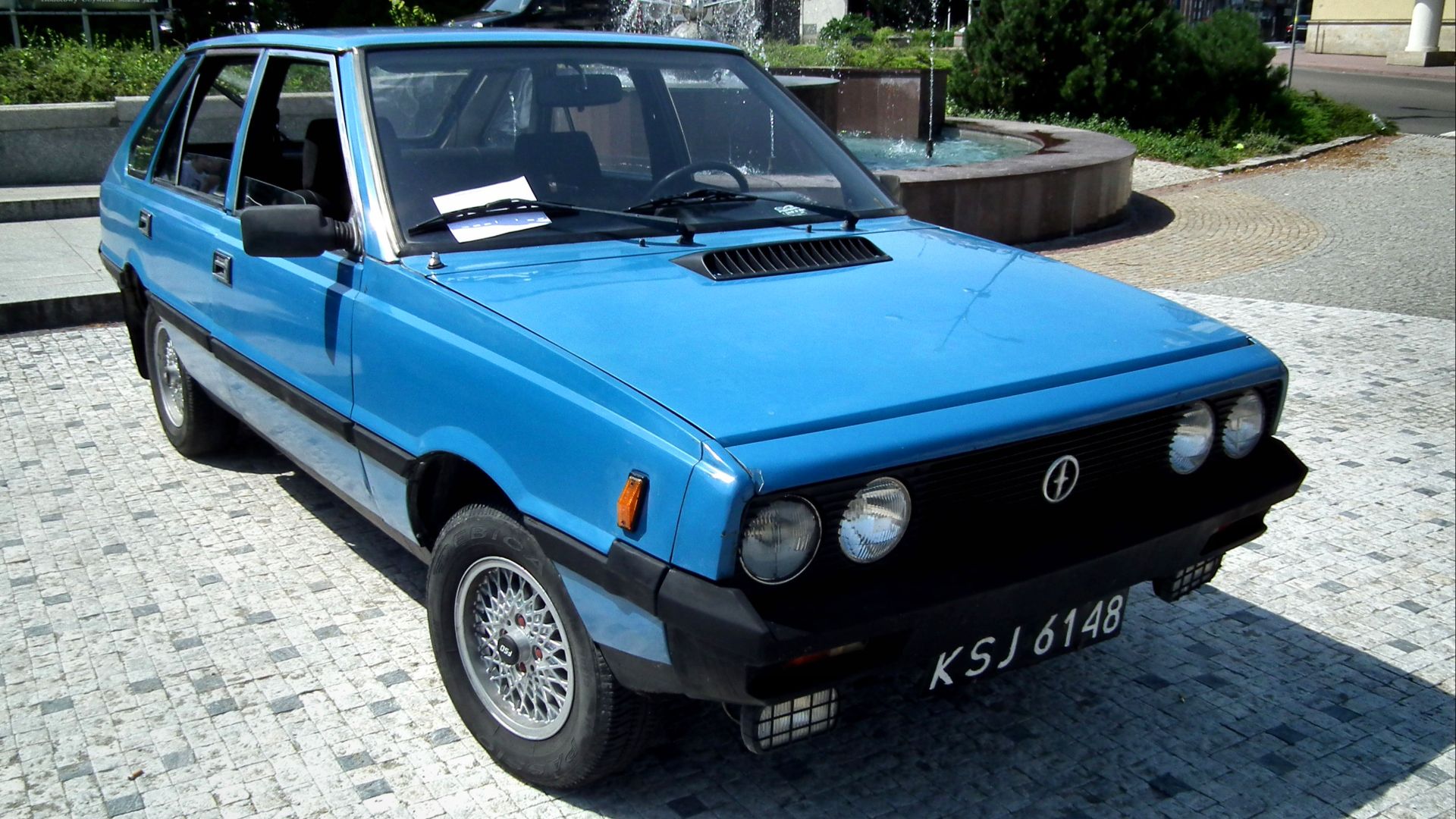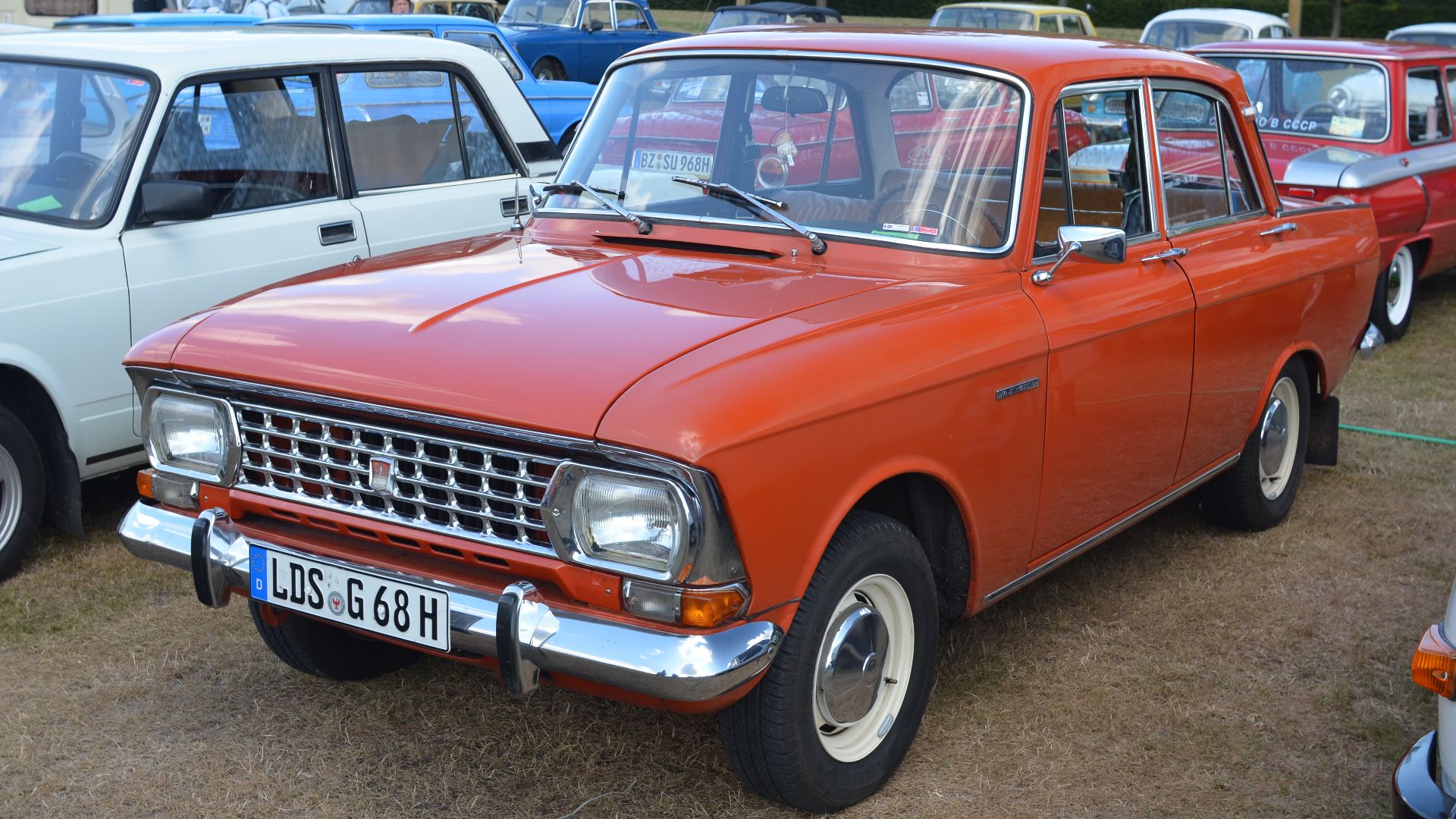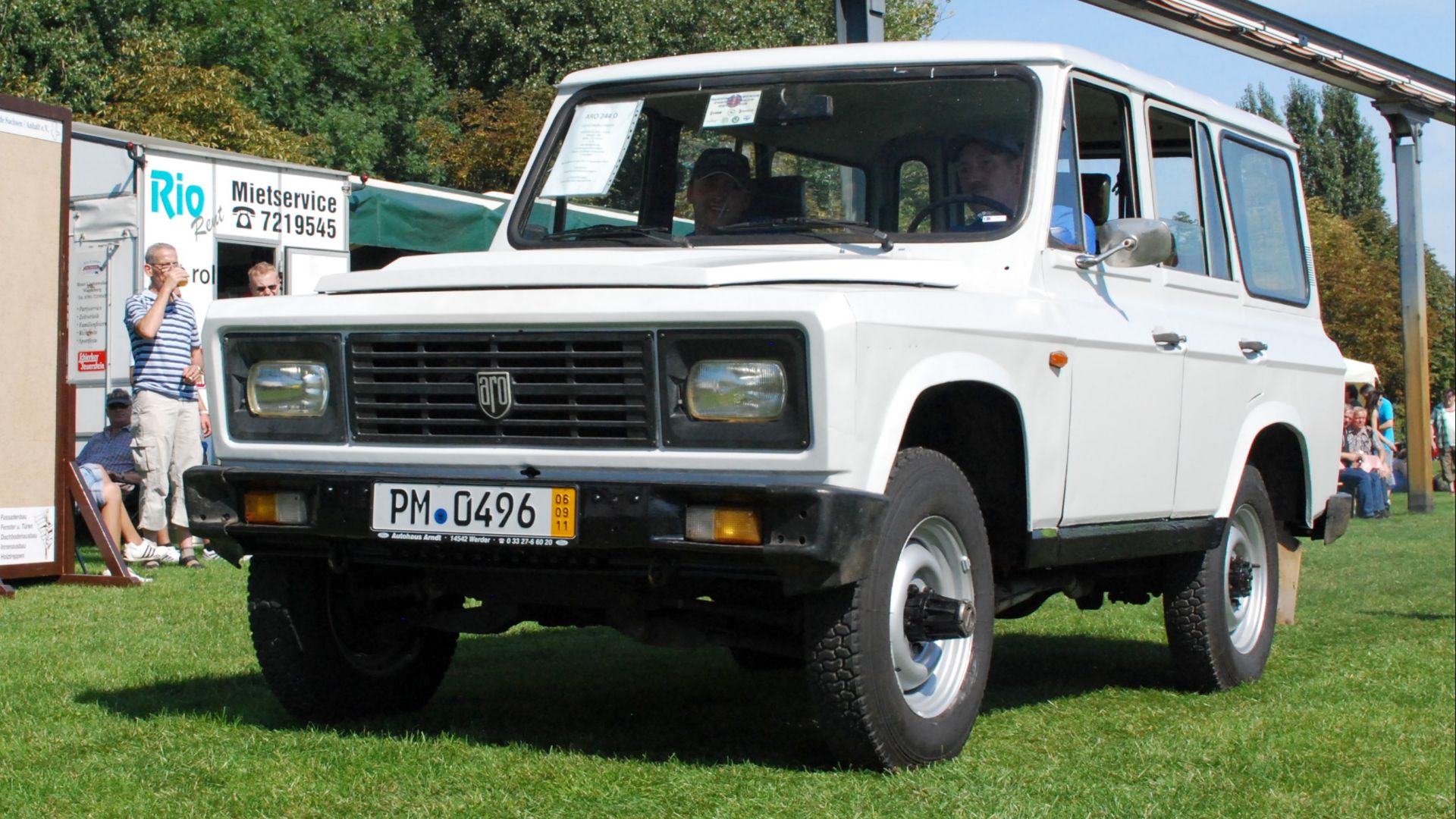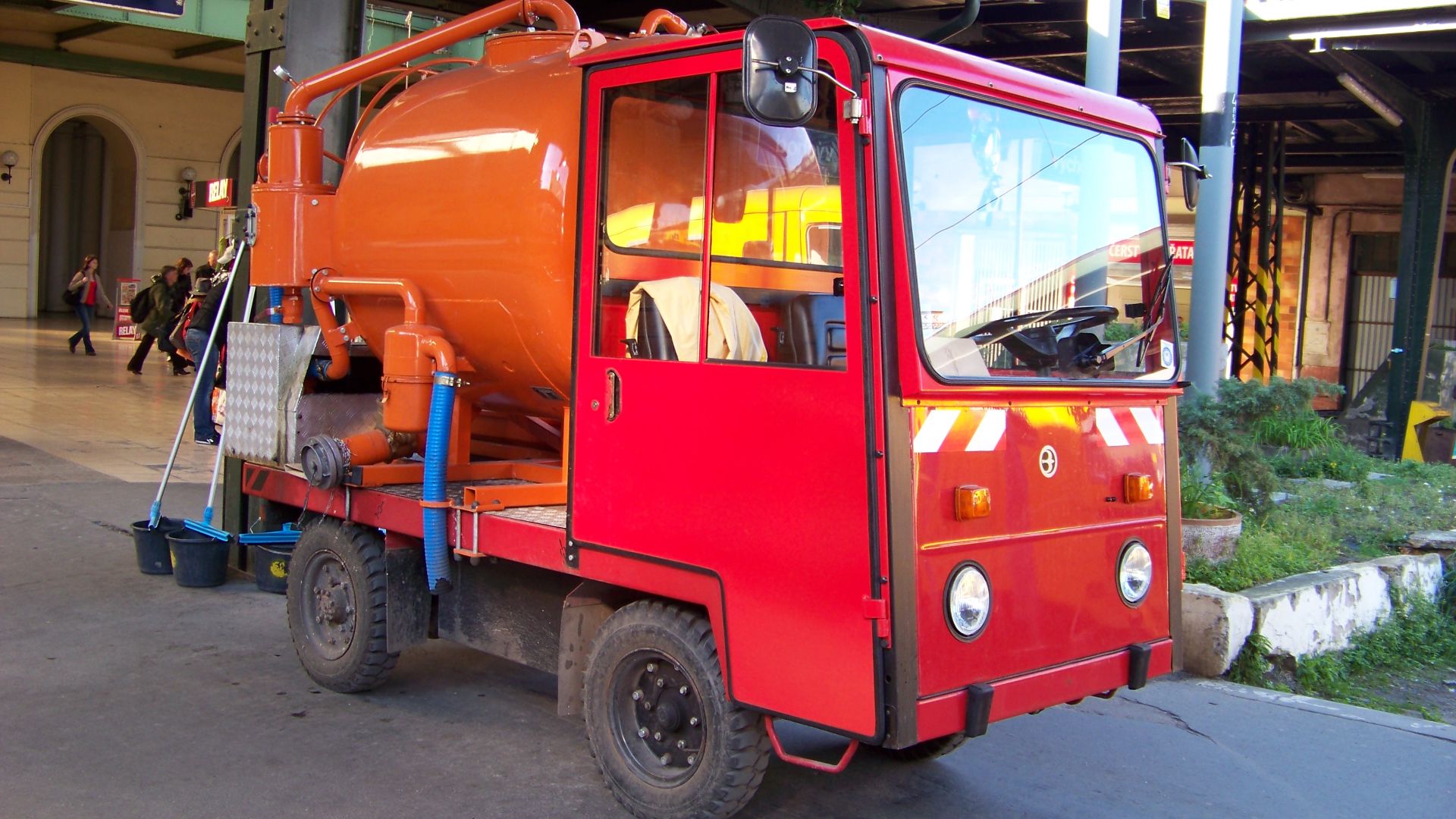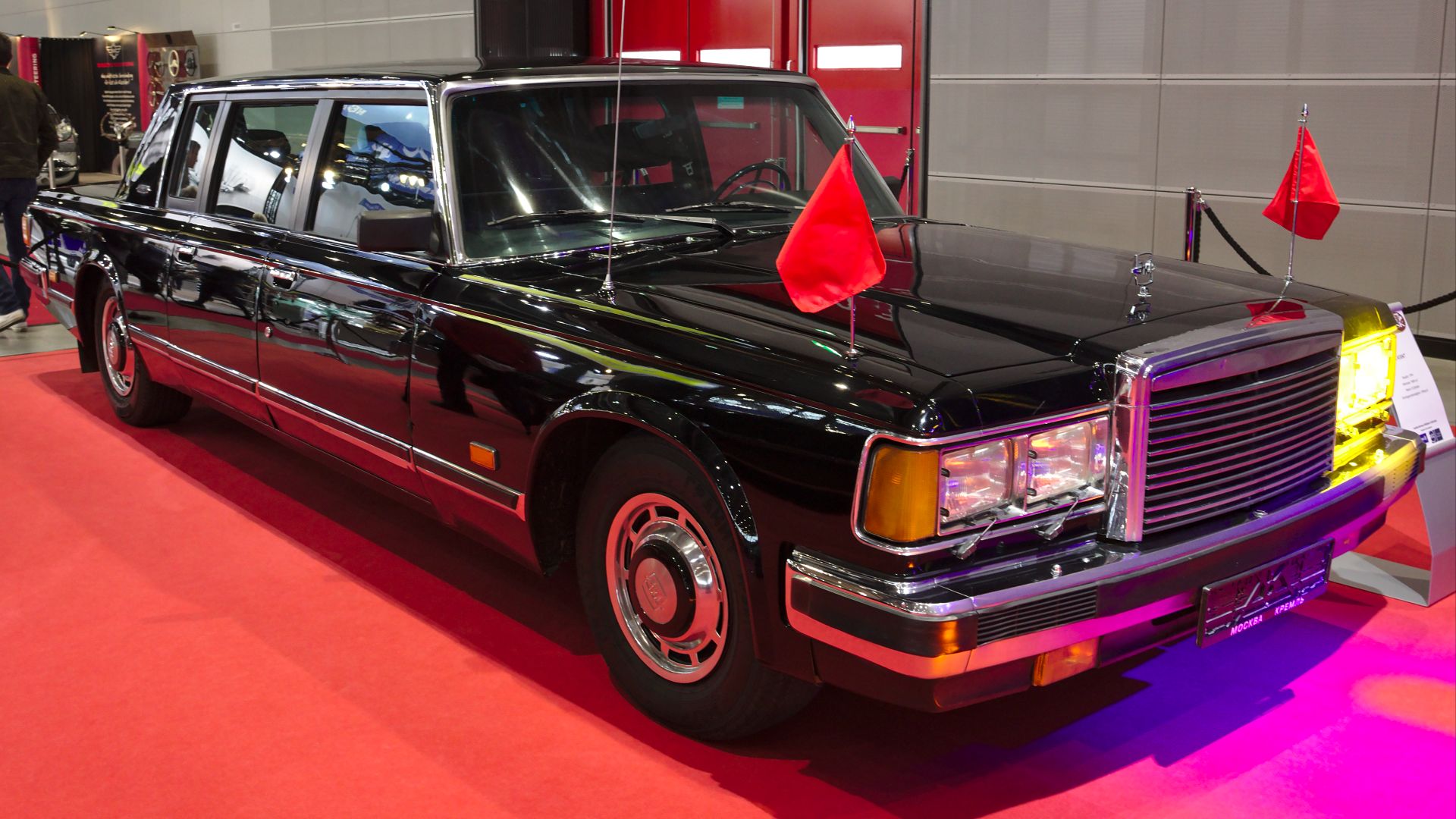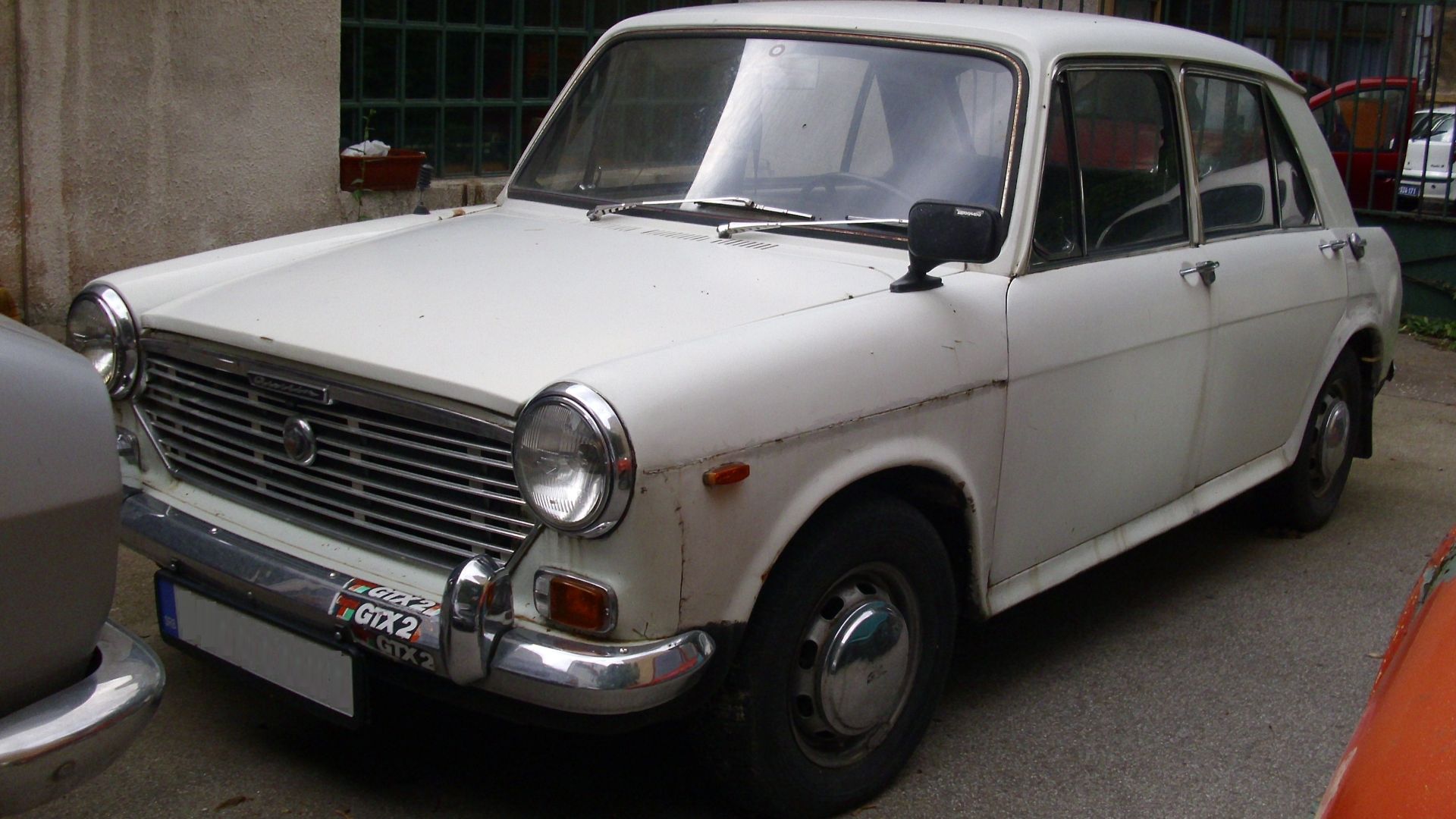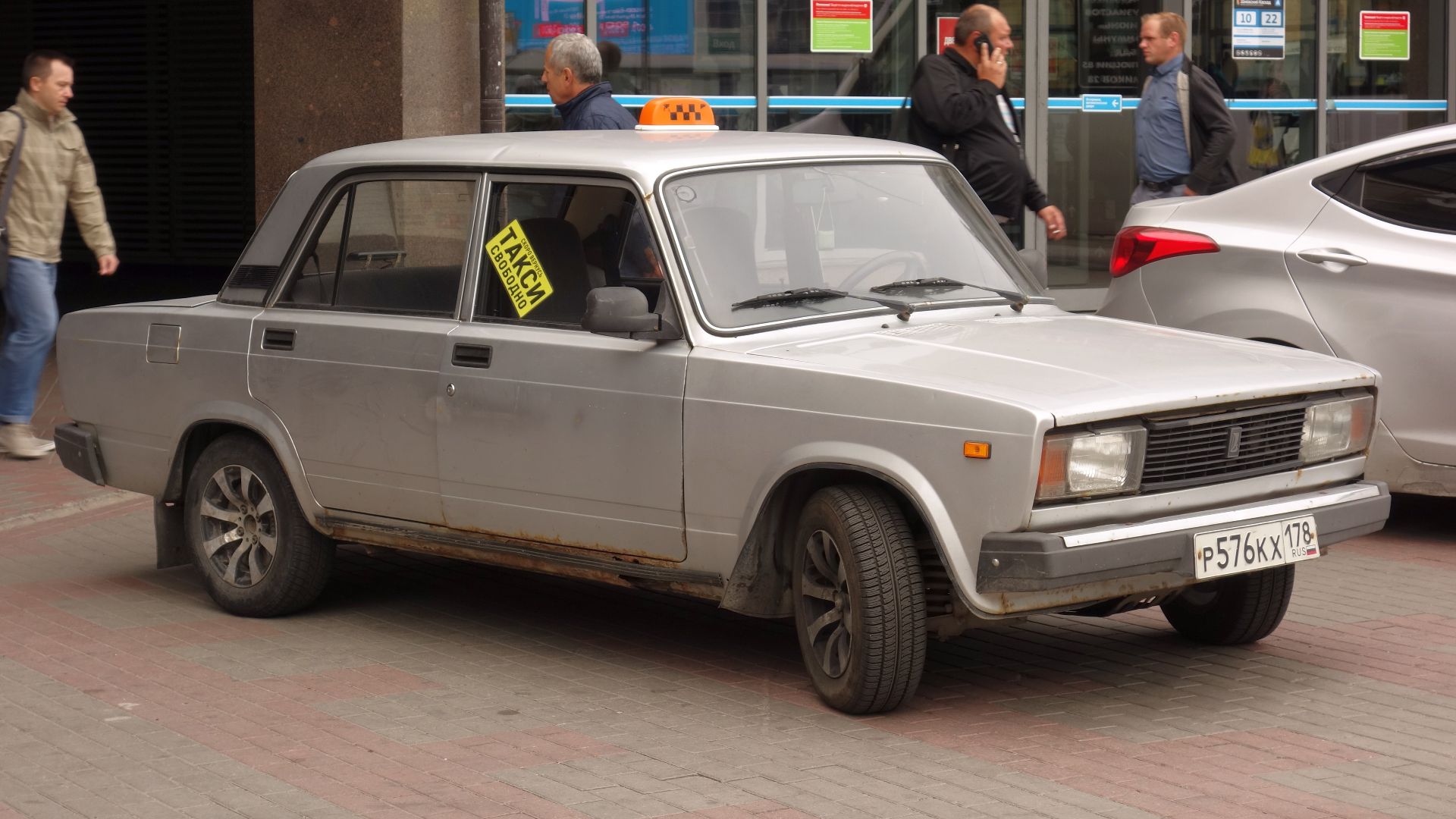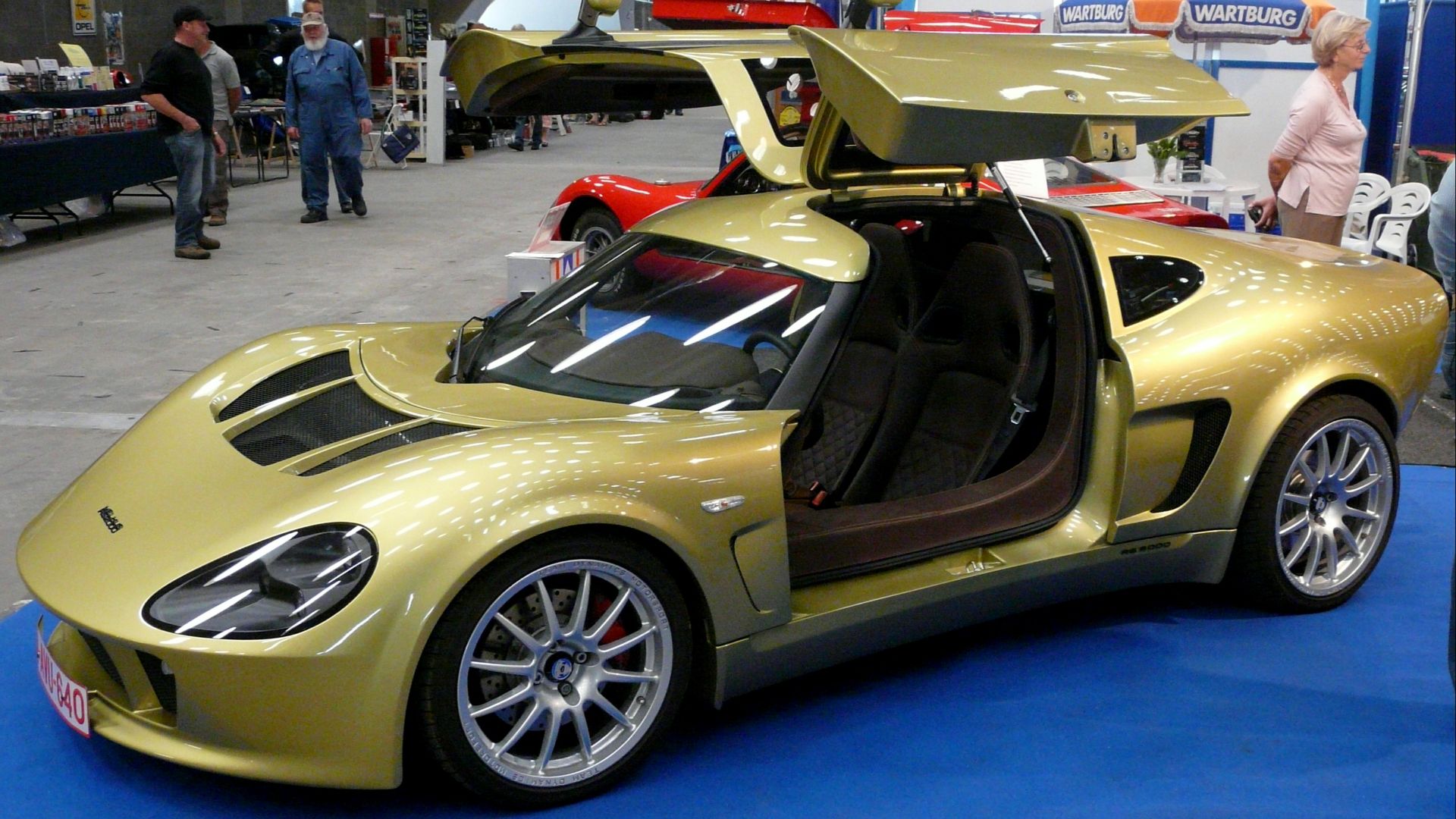Digging Into Little-Known Brands
When it comes to car talk, most conversations revolve around the big names — the flashy and the famously expensive. But step off the beaten path just a little, and you'll find a whole world of carmakers whose stories are just as rich, if not more. Eastern Europe, in particular, hides automotive gems—tough, time-tested brands with rich histories. Now's the perfect time to give them the spotlight they deserve. Let's dive in!
1. Rimac Automobili, Croatia
Rimac may be a newcomer in automotive terms, but it's attracted major investors, including Porsche and Hyundai. Founded in 2009 by Mate Rimac — who began by converting a BMW in his garage — this Croatian company now builds some of the world's fastest electric hypercars.
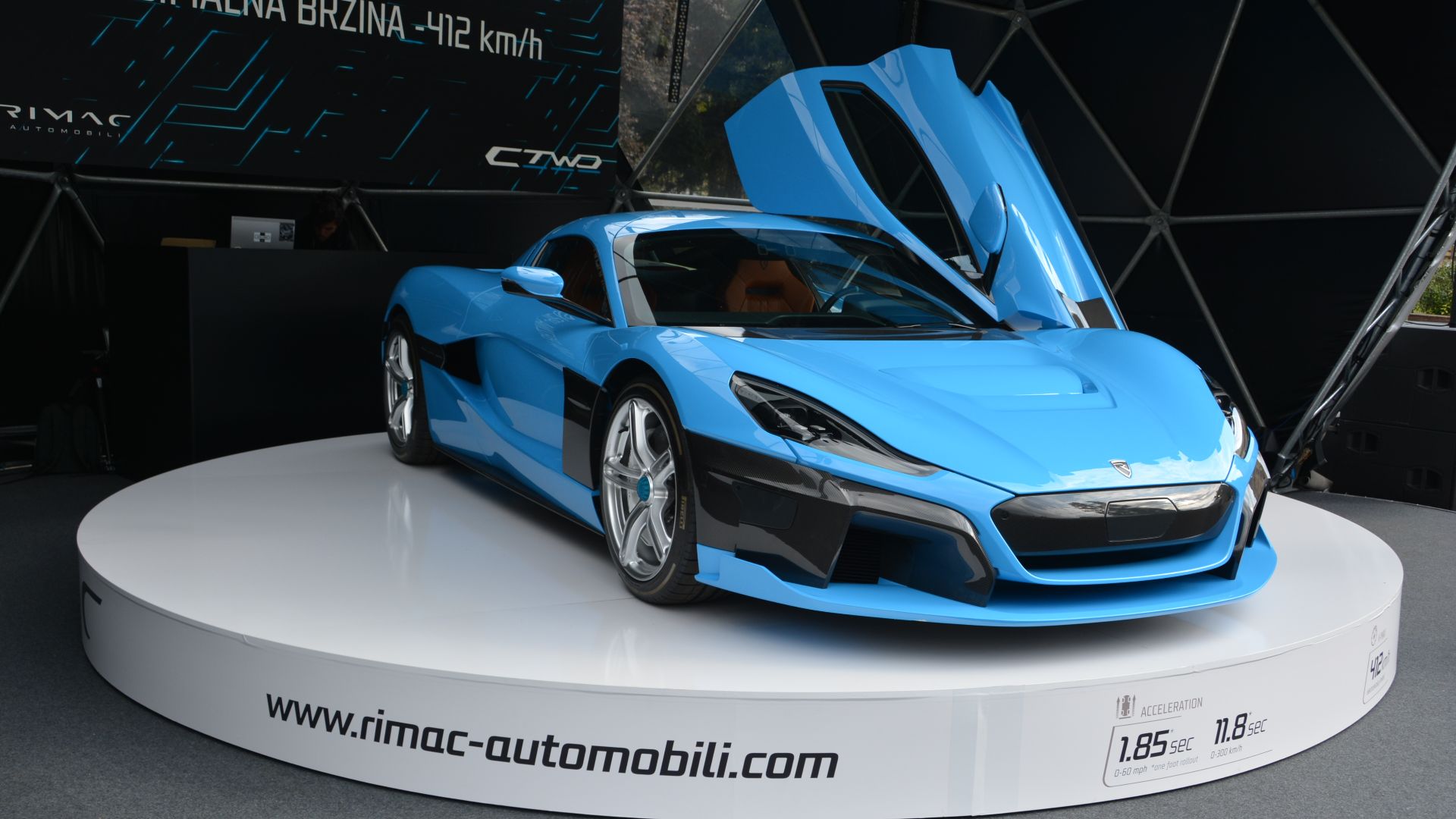 Branko Radovanović on Wikimedia
Branko Radovanović on Wikimedia
2. Polski Fiat, Poland
Polski Fiat was formed through a licensing deal with Fiat and ultimately produced models like the 125p from the late 1960s and the 126p from the 1970s. These affordable and repairable cars became widespread in Poland and the Eastern Bloc, representing progress in everyday transportation.
3. Zastava, Serbia
A budget-friendly solution came from here. Zastava's journey from weapons to wheels led to the creation of the Yugo, America's cheapest new car in the 1980s. With help from Fiat, this Serbian brand became a global symbol of affordability and unexpected value.
4. Skoda Auto, Czech Republic
Founded in 1895, it ranks among the oldest carmakers in the world. After becoming part of the Volkswagen Group in 1991, Skoda reinvented itself. These days, models like the Octavia and Superb are celebrated for their reliability and value. During WWII, the company also produced military vehicles.
5. Dacia, Romania
Since its start in 1966, Dacia has carved out a niche for smart and practical car buyers. Now owned by Renault, Dacia's Logan became a budget-friendly hit around the globe. The company began with Renault 8s and earned recognition in Western Europe for budget-friendly cars.
6. GAZ, Russia
GAZ began life in 1932 with some help courtesy of an unlikely source, Ford. Together, they launched a legacy that led to one of Russia's most iconic automotive products — the Volga sedan. The GAZ-24, in particular, became a status symbol during Soviet times.
7. Praga, Czech Republic
Founded in 1907, Praga started out with a diverse portfolio—cars, trucks, and even airplanes. Fast-forward to today, and they've pivoted toward adrenaline, building racing karts and exotic supercars like the Praga Bohema. It's a brand that evolved out of vintage elegance into high-octane performance.
8. Trabant, East Germany
Trabant was manufactured by VEB Sachsenring between 1957 and 1991. With a body made out of duroplast (a cotton-reinforced plastic) and a tiny two-stroke engine, it was reliable. People waited years to get one, and it became a poignant image of reunification when the Berlin Wall fell.
9. FSO, Poland
If you value resilience and adaptability, FSO's journey stands out. Founded in 1951, the brand built the Polonez and Warszawa in Warsaw by teaming up frequently with Fiat and Daewoo. In the 1980s, the Polonez was even crash-tested in the UK—proof of its global ambition.
10. Moskvitch, Russia
Moskvitch began crafting cars in the 1930s and made a surprising return in 2022. Known for rugged sedans like the 412, it was exported to Western Europe during the Cold War. The name itself means "Muscovite," emphasizing its roots in Moscow and its spirit of survival.
11. ARO, Romania
Whenever you need to handle life's rough terrain, remember the ARO—built to tackle the world's toughest roads! From 1957 to 2006, ARO concentrated on off-road vehicles beloved by military and police forces around the globe. Their ARO 244 reached over 100 countries, briefly sold as Cross Lander.
12. Balkan, Bulgaria
Back in 1957, this brand stepped into the automotive game as Bulgaria’s first domestic car brand. Their most famous model, the Balkan 1300, was heavily inspired by the Renault 8 and served as a trusty ride for taxis and government fleets.
13. Kaipan, Czech Republic
Kaipan is a Czech brand catering to those who love the thrill of driving. Building lightweight and Lotus-style roadsters, the brand uses engines from Skoda and Audi. Their standout model, the Kaipan 14, is perfect for drivers who love to feel every inch of the road.
14. ZIL, Russia
The name ZIL might not ring a bell, but their customers certainly do—Soviet leaders. Models like the ZIL-41047 were famously used by Mikhail Gorbachev and were crafted by hand with extreme attention to detail. Besides limos, ZIL also manufactured strong trucks and fire engines.
15. IMV, Slovenia
In partnership with Renault during the 1960s, IMV gave countless Yugoslav drivers their first taste of motorized freedom. They produced Renault 4 and 12 models under license, and later joined forces with Revoz. IMV didn't just make vehicles—they helped motorize a nation.
16. Lada, Russia
Sometimes, the most unassuming brands leave the biggest mark, especially when the road gets rough. Launched in 1973 by AvtoVAZ, Lada built rugged vehicles like the Niva, which was based on the Fiat 124. Designed for Soviet terrain, the Niva remains a cult classic still in production today.
17. Zaporozhets, Ukraine
Nicknamed "the Soviet VW Beetle," the Zaporozhets was a rear-engine and air-cooled oddball that rolled out from 1958 to 1994. Built by ZAZ, it was not only budget-friendly but also adapted to be driven by disabled individuals—a rare feat for its time.
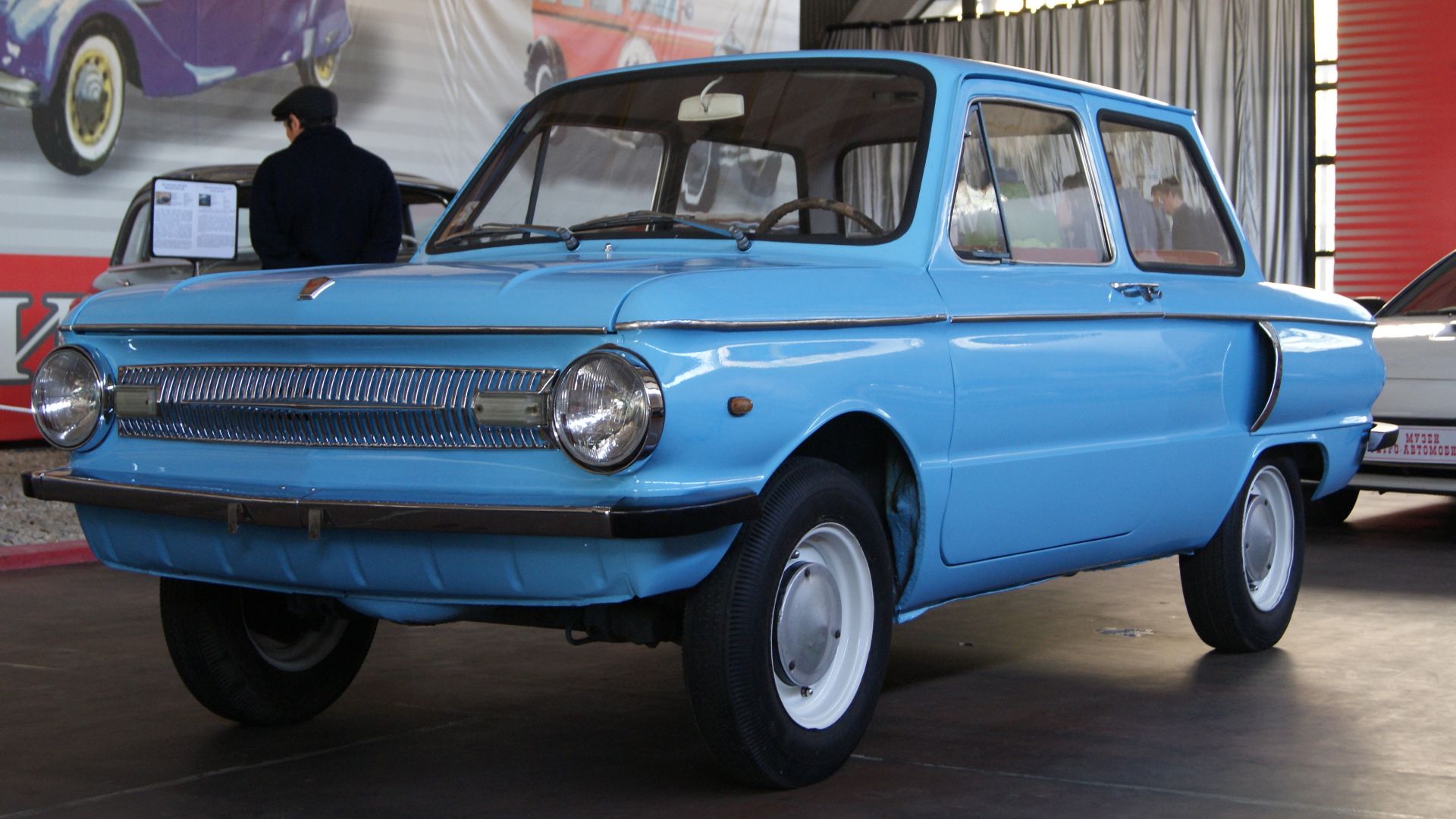 Sergey Rodovnichenko on Wikimedia
Sergey Rodovnichenko on Wikimedia
18. Wartburg, East Germany
The Wartburg brand produced vehicles recognized for their durable performance and characteristic two-stroke engines. Models like the Wartburg 353 became family favorites across the Eastern Bloc thanks to their roomy interiors and solid construction.
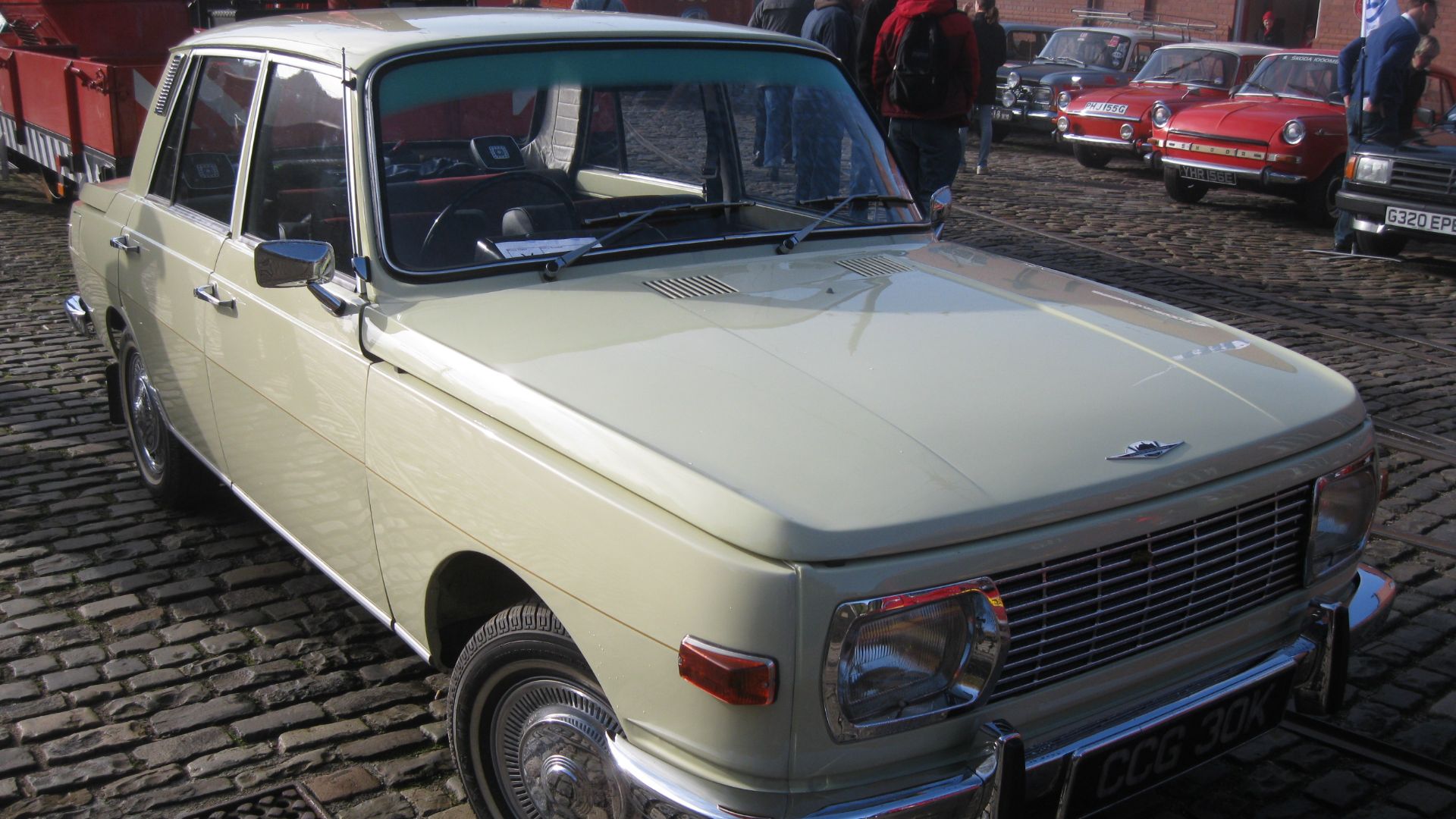 Andrew Bone from Weymouth, England on Wikimedia
Andrew Bone from Weymouth, England on Wikimedia
19. Melkus, East Germany
Famous during the 1960s and 1970s, this niche East German manufacturer gained recognition for producing sports cars in a tightly controlled socialist economy. Its most iconic model, the Melkus RS 1000, was known for its lightweight fiberglass body and mid-mounted three-cylinder, two-stroke Wartburg engine.
20. Puli, Hungary
The Puli, produced in Hungary during the late 1980s and early 1990s, was a rare microcar with primarily diesel variants and a limited electric model (Puli Pinguin 4). Designed for urban environments, it featured a compact and plastic-bodied design and was primarily intended for disabled drivers and city dwellers seeking low-cost transport.




